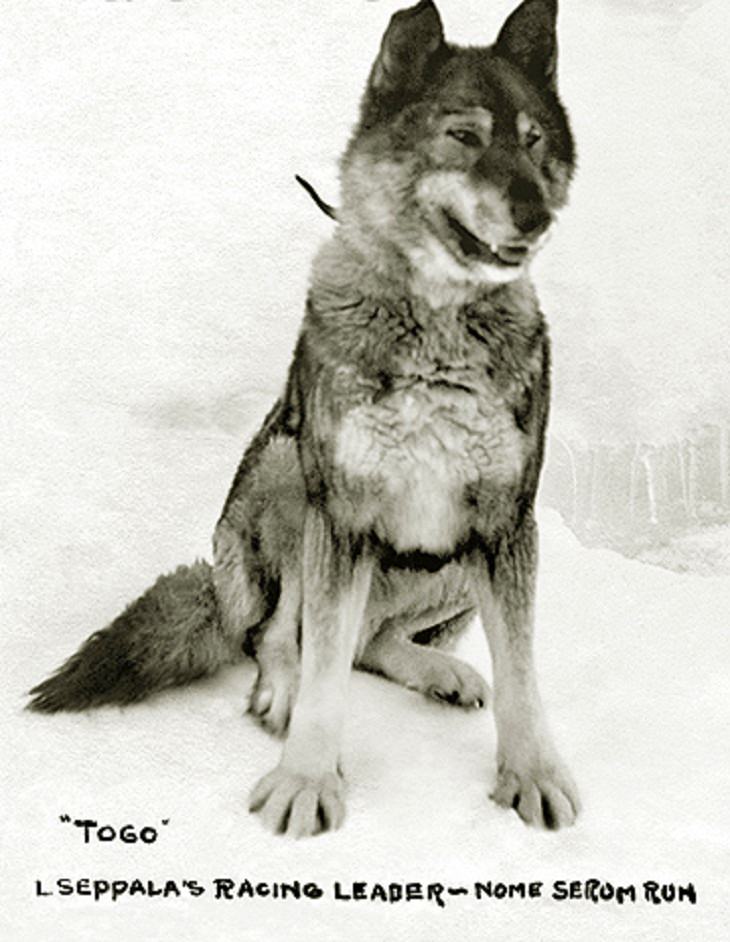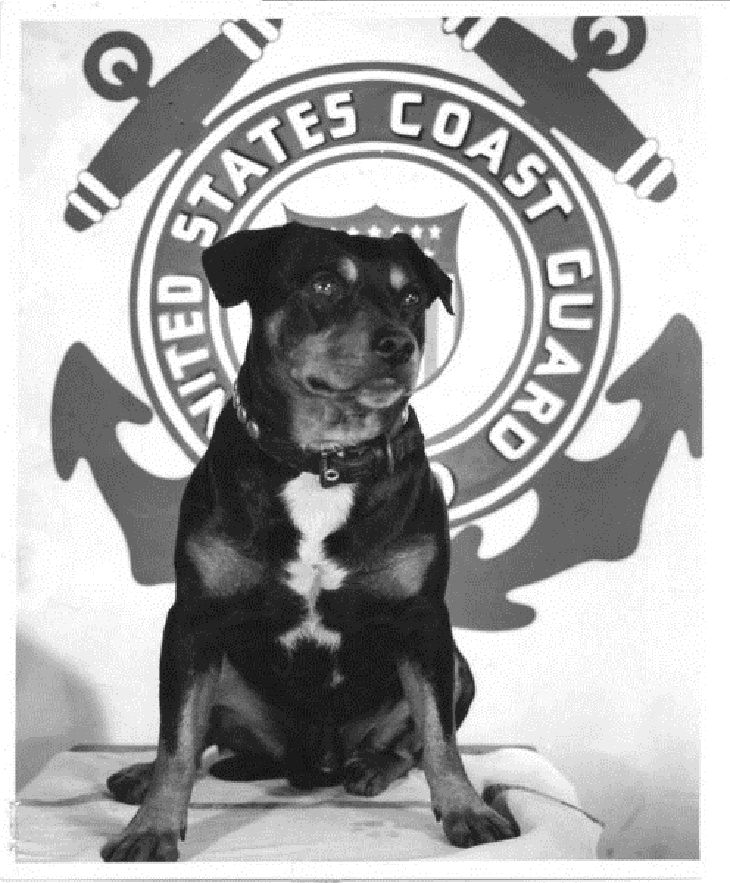Perhaps no other animal can win hearts as dogs do. These lovable animals have always been known to be faithful and dedicated. Any person who has owned a dog would know that our adorable canine friends can go out of their way to express their love and devotion.
Did you know there is a special day dedicated to honoring these endearing pooches?
International Dog Day is celebrated on August 26 every year to celebrate our furry friends. The day also emphasizes the need to raise awareness about dog adoption along with the importance of providing rescue dogs with a safe and loving environment.
On this special day, we will look back at 5 special dogs in history. These dogs have been immortalized for their unwavering loyalty and bravery and these stories will yet again prove why they are indeed man’s best friend.
1. Togo
Togo was a Siberian husky and a sled dog from Alaska who helped save the lives of thousands of people back in the winter of 1925 during a vicious outbreak of diphtheria.
When a devastating case of diphtheria (a serious bacterial infection of the nose and throat) broke out in the isolated Alaskan village of Nome, the 1,000-plus people living in the area, especially the children, were at great risk from the outbreak. The nearest supply of serum was about 700 miles (1126 km) away and a fierce blizzard was rising on the horizon. It was then that the village's sled dogs were assigned the task to deliver the serum in time by relaying the 20-pound (9 kg) package of medicine.
Togo, who was already a popular name in Alaska and had become a champion racer by 1925, anchored the serum relay team of 20 along with his master Leonhard Seppala. In the next five and a half days, almost 100 dogs completed the incredible run and delivered the lifesaving serum to Nome just in time. The hero of this run, however, was undoubtedly Togo who traveled with Seppa for an astounding 365 miles (587.4 km) across the Alaskan wilderness with freezing temperatures of about −30 °F (−34 °C), along with severe storms and gale-force winds causing a wind chill of −85 °F (−65 °C). Compared to an average of 31 miles (49.8 km) each for the other teams, Togo’s accomplishment was rather extraordinary.
Togo is hence a true hero whose name shall be etched in history forever. His valiant story has now also been retold in the captivating Disney film, 'Togo', a trailer of which is included below.
2. Owney
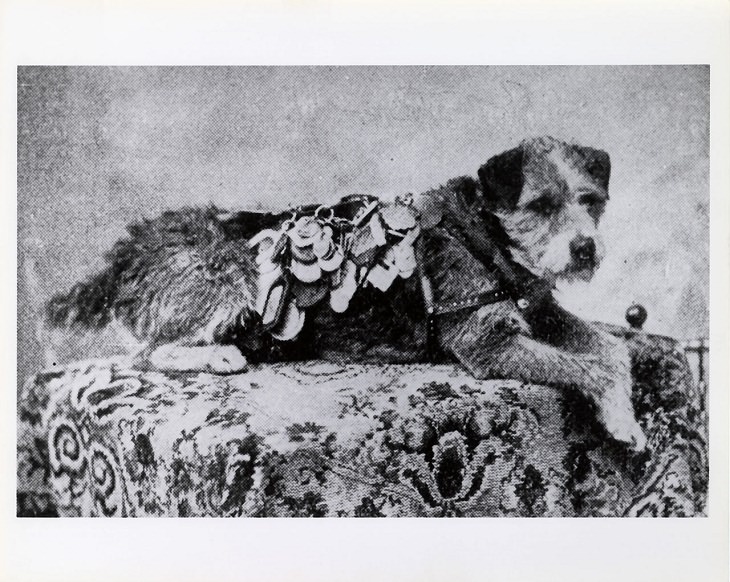
Owney was a scruffy mutt who was adopted by post office workers at a branch in Albany, New York, in 1888. Owney soon won the hearts of everyone there and became an unofficial mascot of the U.S. Postal Service. Initially, he would spend a lot of his time sleeping on mailbags. Eventually, the border terrier began accompanying his new owners on their delivery routes. In the next few years, Owney was traveling the country and the world with the team on trains and wagons.
Owney soon started getting recognition as newspapers picked up on the story of the lovable mutt. The clerks fitted a collar on their mascot which carried medals and tags with each city he visited. In fact, there were so many medals on his collar that a special harness was made for the dog to hold them all. As Owney’s fame grew, he embarked on a 129-day “Around the World” publicity tour aboard the Northern Pacific mail steamer Victoria in 1895. In his nine years of service, the loyal dog traveled more than 140,000 miles as a mascot of the Railway Post Office and the United States Postal Service.
Owney passed away in 1897. Today, an exhibit at the National Postal Museum is dedicated to the life and achievements of the famous dog.
3. Laika
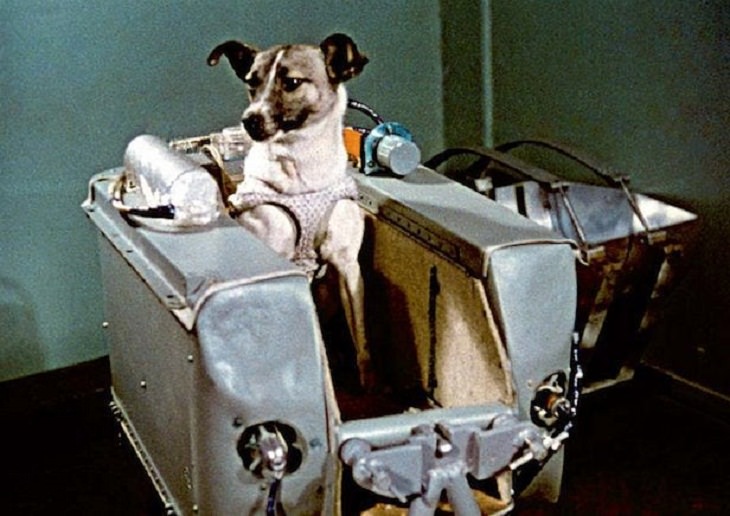
Laika (which means “barker” in Russian), was a mixed-breed dog who is known for not just being the first dog in space, but also for being the first animal to orbit Earth. Laika was a female stray dog from the streets of Moscow who was trained along with two other dogs for the Soviet space program in 1957. Eventually, Laika was the one selected for the mission and on November 3, 1957, with the launch of Sputnik 2, the Soviet Union stunned the world by putting the dog on the small satellite.
Back in those days, no one knew what the effects of weightlessness would be. Hence, animals were used to test the viability and safety of launching a living being in space. Unfortunately, a re-entry strategy could not be worked out and Laika's trip into space was one-way only. It isn’t precisely known how long Laika survived in space – it might have been a few hours or a few days. However, after circling Earth more than 2,000 times, Sputnik 2 burned up upon re-entering the planet’s atmosphere in April 1958 with Laika’s remains inside.
The brave dog’s sacrifice hence wasn’t in vain and she played an important role in helping researchers understand the impact of microgravity on many biological functions.
4. Sinbad
Sinbad, a brown and black mutt, served 11 years aboard the United States Coast Guard Cutter George W. Campbell. The cheerful dog was discovered by the captain of the vessel who saw the animal as an opportunity to teach his crew a lesson in responsibility. The captain ordered his crew to take care of the dog and over time Sinbad forged a great bond with everyone on the ship. Such was his influence that the dog was enlisted in the Coast Guard, with a paw print on his papers making it official. Sinbad was even assigned the rank of K9C (or “Chief Dog”), the equivalent to Chief Petty Officer.
The lovable pooch went on to become the mascot of US Coast Guard Cutter Campbell and over the next many years, he remained aboard the ship, even during its entire World War II tour. Sinbad served loyally and won several awards in his lifetime - The American Defense Service Medal, American Campaign Medal, European-African-Middle Eastern Campaign Medal, Asiatic-Pacific Campaign Medal, World War II Victory Medal, and the Navy Occupation Service Medal, being a few noted ones.
Sinbad died at the age of 14 and was buried with ceremony while being officially recognized as a Coast Guard Cutterman.
5. Hachiko
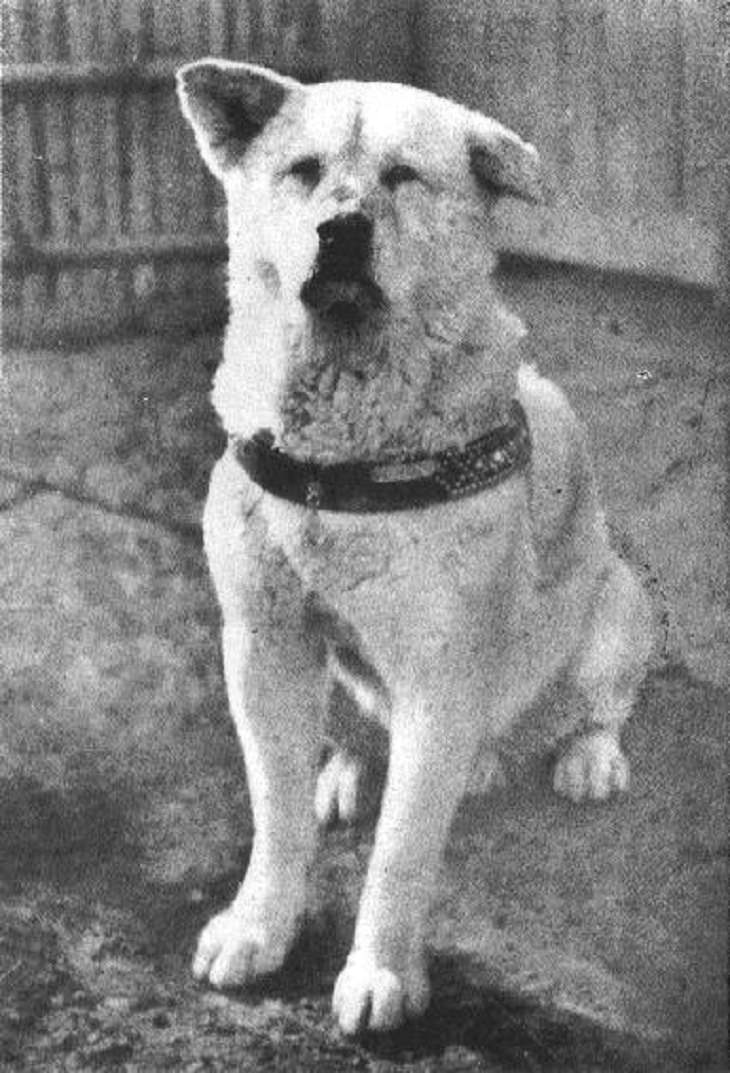
Related Article: These Wonderful Animal Films Will Forever Stay With You
Hachiko was an Akita dog in 1920s Japan who is still remembered for his extraordinary loyalty to his master. Hachiko was adopted by Hidesaburō Ueno, a professor at Tokyo University. Over the years, the two developed a deep bond and soon became the best of friends. Eizaburo loved his dog dearly and treated him as his son and the bond between the two had become well-known.
Every afternoon, Hachiko would see the professor off to work in the morning at Shibuya Station in central Tokyo and then wait for him to return from work so that the two could walk home together. Unfortunately, one day while at work, Ueno passed away in March 1925 after suffering from a sudden attack of a cerebral hemorrhage. That evening, too, Hachiko waited for the owner to return but sadly, he never did.
The dejected dog was later taken in with a former gardener of the Ueno family. However, every afternoon, Hachiko continued to wait for the professor at the train station. He would sit there for hours, patiently waiting in vain for the return of his beloved owner. Days turned into months and months turned into years, but Hachiko’s loyalty toward Ueno remained unwavering. Throughout the rest of his ten-year-long life, he kept going to the Shibuya Train Station every single day and waited for his master.
Hachiko’s story had traveled all over Japan by then and he had become a national hero. When he died in 1935, a bronze statue in his loving memory was built next to Shibuya Train Station. The statue still stands today, reminding us how deep and everlasting a dog’s love can be.
Share this post with other dog lovers!

